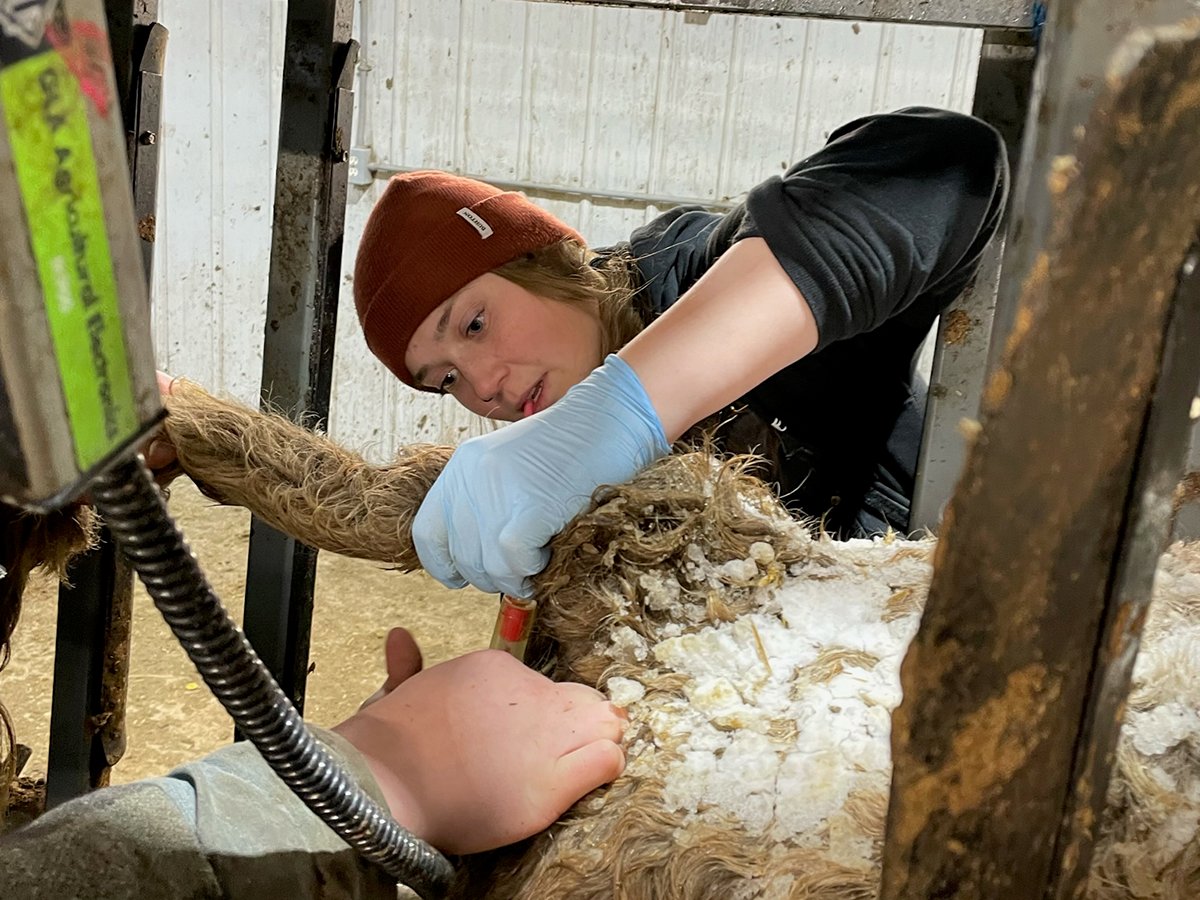The inspection agency is looking into feed supplies, farm practices
OTTAWA — The investigation into Canada’s 19th case of BSE could take four or five months, says the Canadian Food Inspection Agency’s chief veterinary officer.
“We are trying to build a complete, comprehensive story for us to explain to our trading partners that we have a system which is capable of tracing and actually instilling the confidence that we are following the right methodology,” said Dr. Harpreet Kochhar.
He provided a summary of the latest case at the Canadian Cattlemen’s Association annual meeting in Ottawa March 10-12.
Read Also

Pen riders better than tech at detecting respiratory disease in feedlot cattle, says researcher
Katrina Garneau’s recent research found that pen riders are better than technology at flagging signs of BRD in feedlot cattle.
The case is unique because it in-volves a cow born after the 2007 enhanced feed ban. It also came from the northern Alberta farm where Canada’s 17th case was diagnosed.
The animals were not related.
“There is no sign or evidence that this was a vertical transmission, that is, from mother to daughter,” he said.
Three lines of inquiry are underway.
All the animals that were potentially exposed to the brain wasting disease are being traced.
The investigation also examines feed supplies, how they were manufactured and where they originated, while a third direction will examine the farm’s practices.
Kochhar said it is a family owned operation, and all members have been co-operative.
The purebed cow was born in 2009, so investigators are tracing cattle born on that farm between 2008 and 2010 because they may have eaten the same feed.
As many as 750 animals could be involved in that group, but it does not mean they have BSE.
Investigators estimate that 45 to 55 percent of those cattle went to slaughter at 18 to 24 months of age, while another 10 percent were sold as breeding animals or exported. Ten to 20 percent are alive and can be traced. Another small group died of natural causes.
Seven to 10 percent cannot be traced, but that is considered to be an acceptable number under international standards.
“We have a pretty good idea of where they might be,” he said.
Case 17 was born in 2004, which has prompted trading partners to ask what happened in 2006 and 2007. Cattle born in that period will be included in the investigation.
The feed investigation is complex because the farm obtained feed from various sources.
Investigators are checking which feed mills were used, if they are still in business, their practices and where they bought ingredients.
The CFIA will also check to see if milk replacers were used and if they may have contained risk material.
“Nothing is standing out at this point,” he said.
The farm investigation will document the handling and disposal of downer and dead animals. All records will be checked and farm practices will be examined to see if there was a chance leftover old feed was used.
South Korea, Indonesia, Taiwan, Belarus and Peru have temporarily halted trade. All requests for more information are provided within 18 to 24 hours.
Hong Kong, Philippines and Singapore expressed concerns, but Canada was able to reassure them about the investigation and they did not close their borders.
Kochhar said daily conversations are held with the United States, where trade continues. Japan, another major trading partner, is also continuing to buy Canadian beef.















